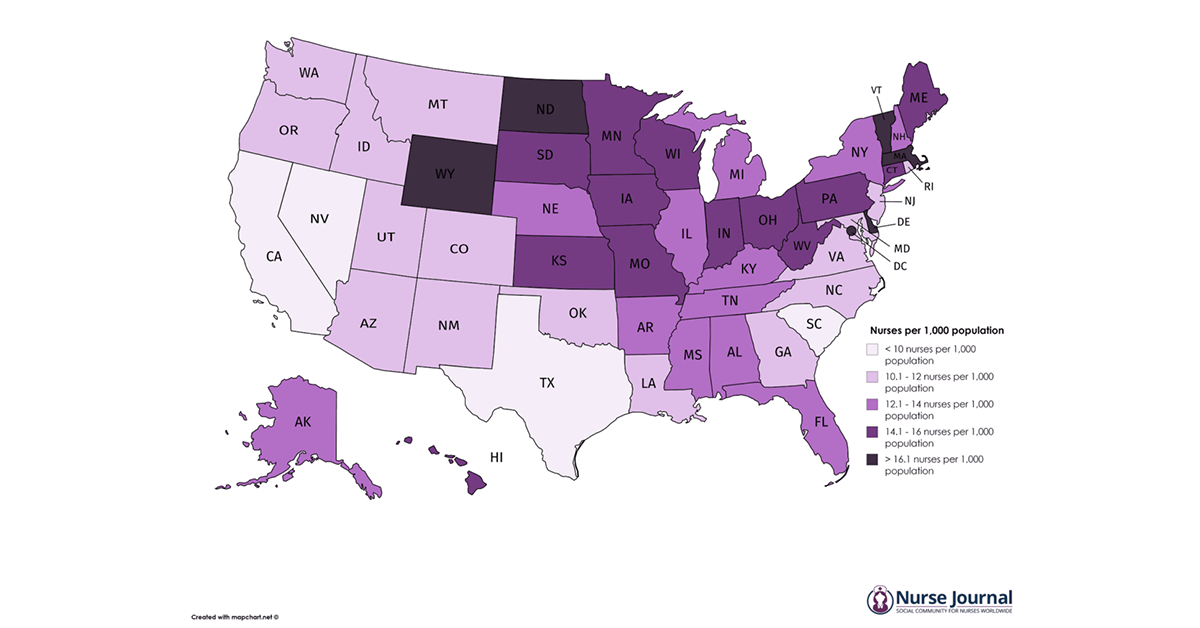Value Based Payment (VBP) is a concept by which purchasers of health care (government, employers,…

Value-Based Care Challenges, Opportunities for Payers in 2021
As the country continues to wrestle with the implications of the coronavirus pandemic, payers face unique value-based care challenges and opportunities.

August 05, 2021 – As payers continue to manage the coronavirus pandemic in 2021, this unique period in history presents alternative payment model and value-based care challenges and opportunities that are beginning to come into focus.
Angie Meoli, senior vice president of network strategy and provider experience at Aetna, told HealthPayerIntelligence that the pandemic has had both positive and negative influences on value-based care progress and alternative payment model uptake.
For example, positively, many providers have gained a new perspective on the benefits of value-based care due to the pandemic. The fee-for-service reimbursement model failed them as in-person care shut down and they are ready to look into alternative payment models.
Conversely, there are still spaces in which healthcare industry leaders have not thoroughly explored value-based care models and alternative payment models.
Meoli explained how Aetna intends to engage with these value-based care challenges and opportunities in 2021.
CHALLENGES IN THE COMMERCIAL PAYER INDUSTRY
READ MORE: 4 Payers That Have Embraced Value-Based Care Models in 2021
The commercial payer industry has struggled to exhibit the same results in value-based care that government programs have, Meoli shared.
Part of the reason for the decreased traction in the commercial payer space is that employers helm the decision-making, which can create a barrier between payers and providers.
When employers make all of the determinations around commercial payer plan design, there is a less direct relationship financially between the payer and provider. Trust and communication between both stakeholders are essential for a strong value-based care approach.
“Relative to our overall goals and where we’re going: delivering better healthcare outcomes, enhancing the consumer experience, that’s really at the heart of our strategy and that really requires payers and providers to work together,” Meoli stated.
“If we really truly want to get the member to the right care when they want it, how they want it, where they want it, at an affordable price, it really requires providers and payers to work together, collaboratively, building out payment models that work for both of us.”
READ MORE: 91% of Payers Foresee Alternative Payment Model Activity Increase
Payers play a key role in educating providers about value-based care models. While 55 percent of provider respondents said value-based reimbursement has positive financial effects, only 22 percent said that they would participate in downside risk models in 2020, according to a Value-Based Care Assessment. This underscores the need for better value-based care preparation.
Additionally, payers are often responsible for creating the bridge from fee-for-service care to value-based care. During the coronavirus pandemic, many payers seized the opportunity to transition provider partners into more economically stable, value-based care agreements. However, with an employer in between the payer and provider, these transitions might be more challenging.
Moreover, care management for the patient becomes slightly less sticky in the commercial space. In contrast, in Medicare Advantage plans which payers manage, patients are likely to experience less change than they would in a commercial health plan. Meoli pointed out that patients in Medicare Advantage plans will often stay with the same provider for years.
Delayed progress in the commercial space is not necessarily universal. In some cases, private payers are more willing to participate in riskier, more complex payment models than public payers are. In a 2020 Insights report, nearly six in ten private payer respondents were engaged in bundled payment models, while only 32 percent of public plans reported the same.
Furthermore, some of Aetna’s accountable care organizations that work with employers have seen success with their value-based care models and have been able to relay savings back to their employer partners, Meoli qualified.
READ MORE: The Building Blocks of an Effective Coronavirus Response Strategy
Still, according to Meoli, government programs tend to be more successful with value-based care initiatives overall.
STRATEGIES FOR OVERCOMING VALUE-BASED CARE CHALLENGES
For Aetna, these gaps in the commercial space and elsewhere provide opportunities to advance value-based care and alternative payment models.
The payer uses its relationship with providers to help move them into value-based care models. However, Meoli said it is important to meet the provider organization wherever it exists on the value-based care adoption spectrum.
“There are providers that want to venture into value. They want to be able to have a part of this. They see the evolution and how that can drive the right incentives for their patients, for themselves. But they’re not quite there yet, they need a starting point,” said Meoli. “Part of what we have developed over the years is a menu, if you will, of opportunities and financial arrangements.”
With this menu, providers can start out looking at their quality of care and making adjustments. But ultimately, Aetna can shepherd them all the way to fully capitated, full-risk value-based care models.
The payer is also trying to identify spaces that have not had as much opportunity to engage in value-based contracting.
“It is not only about how we advance more providers into value-based care, but it is also about how we try to approach the challenges that we are seeing in healthcare today with the delivery system and then very specifically building value-based care models around those populations and targeting those populations,” Meoli emphasized.
In particular, Meoli noted that there is room for value-based care growth in behavioral healthcare.
For example, payers can start thinking about how to view substance abuse care as a more comprehensive episode of care. Along with traditional substance abuse care, payers might bundle intensive outpatient rehabilitation that addresses the need for housing after rehabilitation, Meoli suggested.
IMPACT OF CORONAVIRUS ON VALUE-BASED CARE
The coronavirus pandemic affected how stakeholders perceive value, Meoli said.
For providers, there was a shift from volume to outcomes, from a fee-for-service mindset to a value-based care mindset. Although the pandemic had a slightly stalling effect on value-based care progress at first, in the first six months of 2021 payers have plunged ahead with value-based contracting, with some payers securing multiple value-based contracts.
For patients, broad exposure to telemedicine instigated a shift in how they wanted to interact with their providers and how they assessed the value of a provider visit.
Patients have become more flexible about the mode in which they connect with their providers. Telehealth and in-person care are not synonymous, but they are more interchangeable than before the pandemic. Four in ten employees in a recent survey reported that they wanted to be able to access their provider virtually or through telehealth in some capacity.
To Meoli, these changes have teed up the industry for greater adoption of bundled payments and episodic reimbursement. For example, telehealth increased savings for bundled payment programs when providers implemented it for rehabilitation after joint replacement surgery. Due to telehealth rehabilitation, providers sent six percent fewer patients to care facilities.
This shift has been reinforced by CMS and the Centers for Medicare and Medicaid Innovation (CMMI) actions. The agency is transitioning from maintaining an imbalance in value between telehealth and traditional, in-person care delivery to seeing telehealth as more equal in value as a form of care delivery.
Payers, however, are still determining the value of telehealth and the return on investment. Determining reimbursement—and, by extension, the value of telehealth—would require significant evidence, an expert from Avalere told HealthPayerIntelligence in a separate interview. The coronavirus pandemic has been filling in some of those data gaps.
While 2020 was a challenging year for healthcare, one silver lining was that it provided the opportunity to reap extensive data on telehealth utilization at a broad scale and in a variety of care delivery contexts from diagnostic services to behavioral healthcare to long-term chronic care prevention and management.
Not only might this influx of data impact the future of telehealth and telehealth reimbursement, but it could also influence the trajectory of value-based care initiatives, Meoli said.
Recognizing spaces in which value-based care has not been put into practice and implementing telehealth and alternative payment models in an effective way can help payers drive value-based care forward in 2021.
Original Source: https://healthpayerintelligence.com/news/value-based-care-challenges-opportunities-for-payers-in-2021



